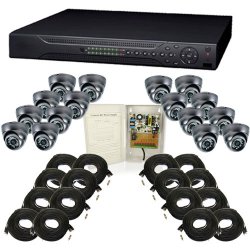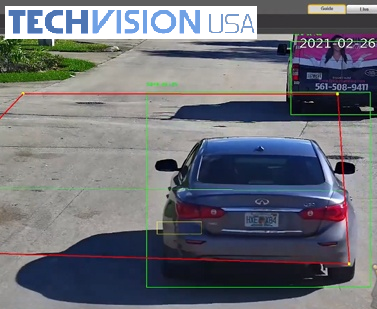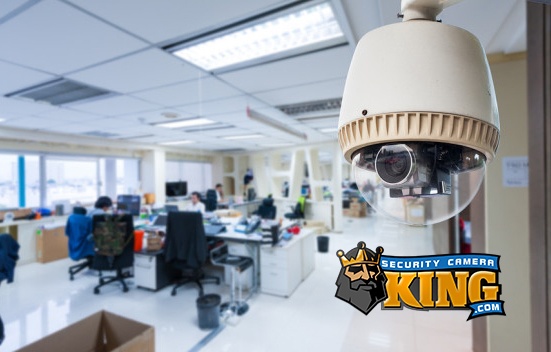 An outdoor wireless security package is an excellent choice for use in both business and residential applications. Standard outdoor wireless security packages are available that contain all the necessary components to provide digital video security and surveillance monitoring or you can create your own package with components that are suited to your own needs.
An outdoor wireless security package is an excellent choice for use in both business and residential applications. Standard outdoor wireless security packages are available that contain all the necessary components to provide digital video security and surveillance monitoring or you can create your own package with components that are suited to your own needs.
A basic outdoor wireless security package contains the following components:
- • One to several outdoor wireless digital video cameras
- • A receiver unit or units
- • A processor or capture board with CODECs
- • A monitor and,
- • A Digital Video Recorder or DVR
Outdoor wireless cameras differ from indoor wireless cameras primarily in the way the camera is encased. Most outdoor security cameras are enclosed in a housing that prevents entry of dust particles and water and protection from weather elements like wind, hail, and snow. These cameras may have an International Electrical Code standard Ingress Protection rating or IP rating. Most outdoor wireless cameras are rated as IP66 or IP67 which means they offer complete protection from dust and water (IP66) or dust and being submerged in up to 1 meter of water (IP67).
There are several options available for an outdoor wireless security package in regard to the camera types. Standard outdoor wireless cameras provide high quality color video in normal lighting conditions. Day/night vision cameras contain a sensitive light sensor chip called a Charge Coupled Device or CCD that can produce a video image in very low light conditions, such as a moonlit night.
These cameras are often rated in terms of light intensity sensitivity called Lux. Typical outdoor non-direct sunlight intensity ranges from 10,000 to 30,000 Lux. By contrast, a typical moonless clear night sky has an available light intensity rating of about 0.002 Lux. Some outdoor wireless day/night vision cameras are capable of producing images with only 0.002 Lux of visible light.
Another camera choice for an outdoor wireless security package is a night vision infrared (IR) camera. These cameras can produce clear, high quality monochromatic or black and white video images in total darkness.
CCDs are inherently sensitive to IR light or radiation. IR cameras have several IR Light Emitting Diodes or LEDs that surround the camera lens. These LEDs emit infrared light which is invisible to the human eye. However, to the specialized CCDs in these cameras, the LEDs produce IR light that acts light a flood light or spot light on the target area of the camera.
An outdoor wireless security package can also be purchased with cameras that contain pan, tilt, and/or zoom (PTZ) features. These functions can be controlled manually by remote control or automatically. Programmed automatic PTZ cameras can detect motion and track objects such as cars in parking lots or individuals.
Lastly, an outdoor wireless security package can include cameras that can also record audio.
The wireless cameras in these packages may contain rechargeable batteries but most often contain a power source that supplies power to the camera via a small wire. Although most “wireless” security cameras still require the power wire, the coaxial transmission wire that would normally be run from each camera to the processor is not required. These cameras transmit the video image via on-board antennae instead of by cables.
Most outdoor wireless security package cameras transmit the images utilizing the 2.8 or 5.8 MHz radio band technology. The image is transmitted to a corresponding receiver. Most receivers can receive separate video simultaneously from up to four different cameras. Packages that require more than 4 cameras often include additional receivers with different channels.
The receivers relay the video image data to a processor or capture board that interprets the data and creates a digital video file that can be viewed immediately or stored for later use. Digital video files contain enormous amounts of data anc can be incredibly large for only a few minutes of recording time, so a COmpression/DECompression (CODEC) application is normally used. The CODEC reduces the size of the digital file drastically while maintaining the quality of the image. This allows for increased storage on the DVR and easier handling by the processor.
The DVR is very similar to a hard drive on a personal computer. The digital video files are stored on the DVR until it is full and are then rerecorded.
Thanks to modern technological advancements, an outdoor wireless security package can be custom designed to fit your situation and still be affordably priced.












